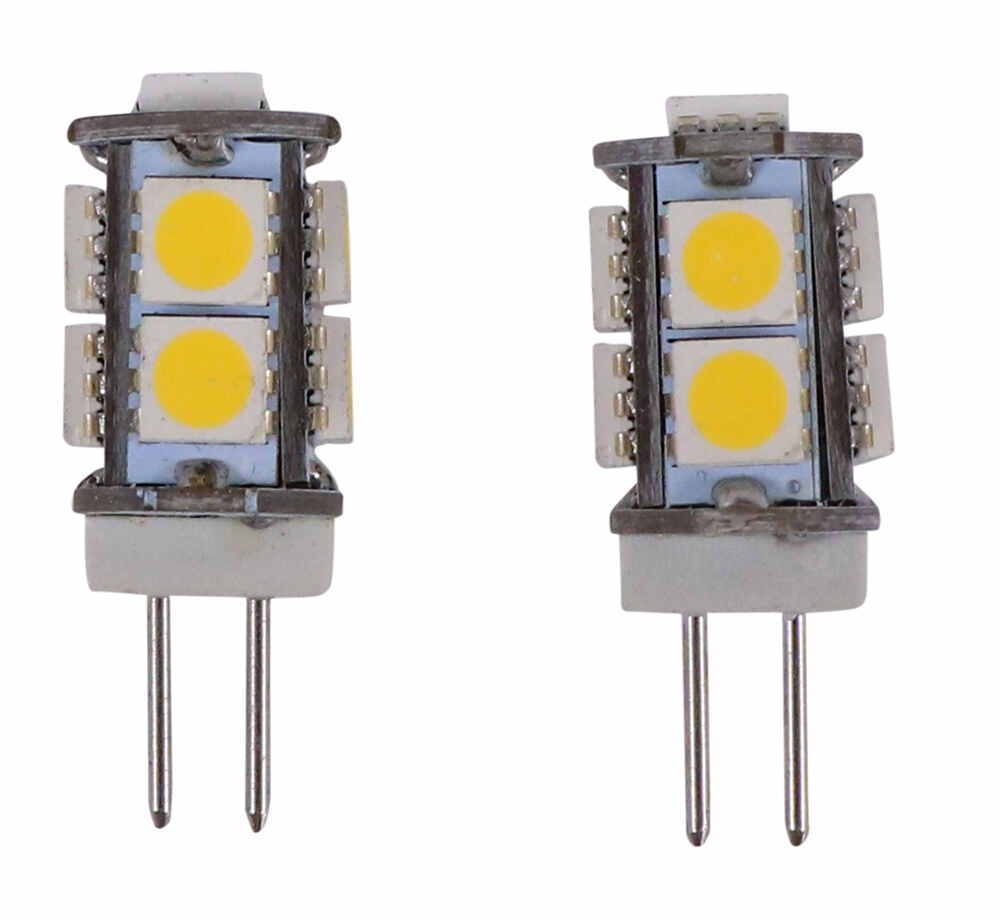
Discuss with your surgeon the risks and benefits of disk replacement surgery compared with more traditional types of cervical spine surgery. Before you have surgery, you will need to sign a consent form that explains the risks and benefits of the surgery.ĭisk replacement is a new type of spine surgery so there is little information on possible long-term risks and outcomes. While any surgery carries some risk, disk replacement surgery is a relatively safe procedure. What are the risks of cervical disk replacement surgery? Numbness or "pins and needles" feeling in your arms

Weakness of your shoulders, arms, hands, or legs Pain that travels down into your shoulders or into your arms But health care providers don’t know why some people have more symptoms from cervical disk degeneration than others. Cervical disks begin to collapse and bulge with age this happens to most people by age 60. Loss of space between your cervical vertebrae from cervical disk degeneration, or wear and tear, is common. Why is cervical disk replacement surgery needed? Disk replacement surgery may have the advantage of allowing more movement and creating less stress on your remaining vertebrae than traditional cervical disk surgery. The use of an artificial disk to replace your natural cervical disk is a new type of treatment that has recently been approved by the FDA. Before this procedure was available, the affected disk was removed and the vertebrae above and below were fused together to prevent motion When these symptoms do not respond to nonsurgical types of treatment, disk surgery may be recommended.Ĭervical disk replacement surgery involves removing a diseased cervical disk and replacing it with an artificial disk. When the space between your vertebrae becomes too narrow, part of your vertebrae or your cervical disk can press on your spinal cord or spinal nerves, causing you pain, numbness, or weakness.

This part of your spinal cord contains the spinal nerves that supply your upper body with sensation and movement. Your cervical spine also forms a protective tunnel for the upper part of your spinal cord to pass through. They act as shock absorbers to allow your neck to move freely.

The cervical disks are the cushions that lie between the cervical vertebrae. Your cervical spine is made up of the 7 bones, called cervical vertebrae, stacked on top of each other forming the neck area. What is cervical disk replacement surgery?


 0 kommentar(er)
0 kommentar(er)
